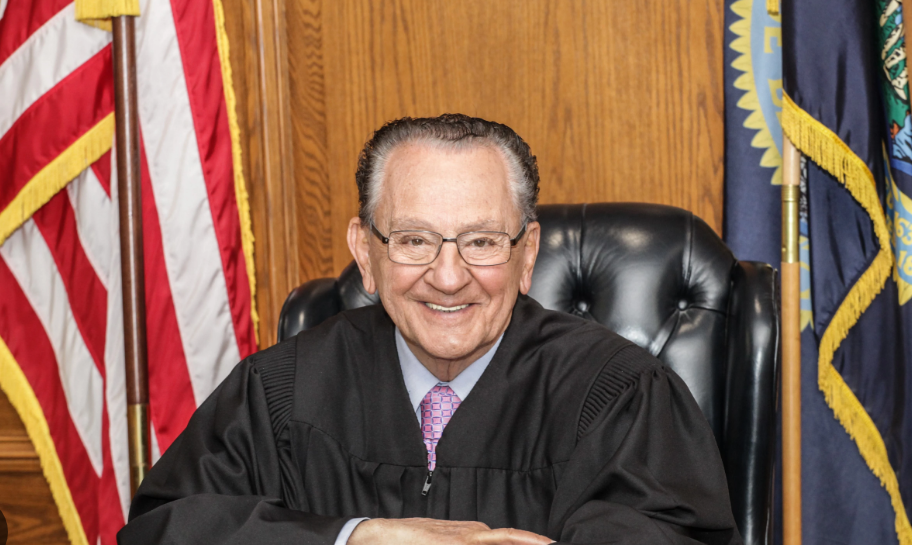Last Wednesday, October 18, the school district turned on the heat at South High for the first time this school year. Temperatures in the building increased by upwards of 10 degrees Fahrenheit in some places, from as low as 62 to as high as 74. Students were relieved by the return of normal temperatures in their classes.
The heat and air conditioning in school buildings across the city—including South—is controlled by school district employees downtown. Generally, they turn it on near the end of October, “when it starts getting chilly,” said Tim Fournier, head custodian at South.
Every year, there is regular maintenance on the heating system before it is activated, said Mr. Fournier. Since every building in the district needs this maintenance, and since the district is so large, the heat isn’t simple to turn on; there is a process involved.
Before the heat is turned on, but after the air conditioning is turned off—“when it starts getting cooler,” said Mr. Fournier—the air circulating in and out of the building is just plain fresh air. There is little control over the temperature of the building in that case; the thermometers in the classrooms will not change the temperature of the room. Therefore, fresh air allows the building to become colder than it generally would be otherwise.
Ms. Bishop’s room on the second floor was at 66 degrees Fahrenheit some days when the heat had not been turned on. Other classes reached similar lows, prompting response from students. “It’s been really, really cold,” said Kalani Mairs ‘26. “I’ve been actually shivering.”
“The end of September, it was really cold,” said Alexa Benson ‘25. Other students added that the cold can be distracting during their classes.
However, Mr. Fournier explained that fresh air circulating in the building is important, because there needs to be air movement. Otherwise, “it gets stale and, you know, smelly,” he said. “It will get really muggy.”
Some classrooms reached temperatures as low as 62 degrees, though. In those cases, Mr. Fournier said he called district employees downtown to cut off fresh air to those rooms, in order to bring the temperature up slightly. Air enters the classrooms through ductwork and vents in the ceiling; by closing off specific vents, air flow can be limited to different rooms.
Now that the heat has been turned on, though, the temperature of the building overall will increase. “All [the rooms] are set between 68 and 74 degrees,” said Mr. Fournier. Teachers can modify the temperature of their room between these limits, in order to find what is most comfortable to them. This autonomy, Mr. Fournier explained, is a helpful product of the new South building. In the previous building, temperature was much less customizable, due the older heating systems and open floor-plan concept.
Certain parts of the building, like the cafeteria, auditorium, and hallways, are set to slightly lower temperatures by the district. “During [the] lunches, we have 400 kids [in the cafeteria], and teachers, too,” he said. “It’s going to get warm.” In this way, the temperature in the building is supposed to be comfortable depending on the purpose of the room.
Now that the heat is on, it will remain on until the spring, when it starts getting warmer—roughly around May. Then, the air conditioning units on the roof of the school will undergo annual maintenance, to prepare for when the AC will be turned on.
The thermometers at South aren’t exact, though. “The temperature of the building is not consistent,” said Benson ‘25. “I’ll be cold in one classroom and then hot in another.”
This variation is unavoidable, because the building is large, and it is difficult to make any part of it stay at one particular temperature. However, when the heat or AC are on, the temperature should stay between 68 and 74 degrees, generally to whichever degree the teacher has set, Mr. Fournier explained.
Benson admitted that the temperature fluctuations throughout the building aren’t massively impactful. “It annoys me, but it has no detrimental effects to me,” she said.
Mairs ‘26 said she tries to keep things in perspective, too. “I just try to suck it up,” she explained.
Temperature is a very subjective topic. Everyone has a different view of the perfect degree to be at, and Fournier knows this. “Nobody is satisfied,” he said. Someone will always think it is too hot or too cold. However, the role of heating and AC isn’t to satisfy every person in the building; instead, it’s to create a largely helpful environment for learning.
The building is “supposed to be at a temperature where people feel productive—too hot or too cold and people don’t want to do anything,” said Fournier.
With the heat now on and classroom temperatures largely resting around 70 or 72 degrees, it seems that this goal may be achieved—at least for now.







